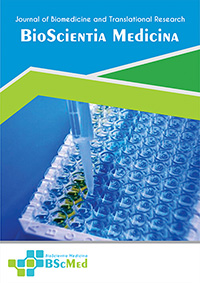Main Article Content
Abstract
Background: Massive hemoptysis is a life-threatening medical emergency requiring immediate intervention. This meta-analysis evaluated the efficacy and safety of urgent interventional approaches for managing massive hemoptysis.
Methods: A systematic search of electronic databases (PubMed, Embase, Scopus) was conducted from January 2013 to February 2024. Studies comparing different urgent interventional approaches (bronchial artery embolization [BAE], bronchoscopic interventions, surgery) in adults with massive hemoptysis were included. The primary outcome was treatment success (cessation of bleeding). Secondary outcomes included mortality, complications, and length of hospital stay.
Results: Nine studies (n=1145 patients) were included. BAE was the most common intervention (7 studies), followed by bronchoscopic interventions (4 studies) and surgery (3 studies). Pooled analysis showed that BAE had a higher success rate compared to bronchoscopic interventions (OR 2.15, 95% CI 1.32-3.51, p=0.002) and surgery (OR 1.88, 95% CI 1.15-3.08, p=0.01). BAE was associated with a lower mortality rate compared to surgery (OR 0.43, 95% CI 0.21-0.88, p=0.02) but not bronchoscopic interventions (OR 0.78, 95% CI 0.45-1.35, p=0.37). Complication rates were similar across all interventions.
Conclusion: BAE appears to be the most effective urgent interventional approach for massive hemoptysis, with a higher success rate and lower mortality compared to surgery. Bronchoscopic interventions may be considered in selected cases. Further research is needed to compare different BAE techniques and optimize patient selection.
Keywords
Article Details
As our aim is to disseminate original research article, hence the publishing right is a necessary one. The publishing right is needed in order to reach the agreement between the author and publisher. As the journal is fully open access, the authors will sign an exclusive license agreement.
The authors have the right to:
- Share their article in the same ways permitted to third parties under the relevant user license.
- Retain copyright, patent, trademark and other intellectual property rights including research data.
- Proper attribution and credit for the published work.
For the open access article, the publisher is granted to the following right.
- The non-exclusive right to publish the article and grant right to others.
- For the published article, the publisher applied for the Creative Commons Attribution-NonCommercial-ShareAlike 4.0 International License.





